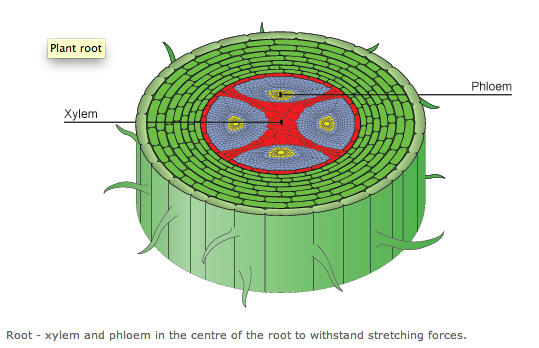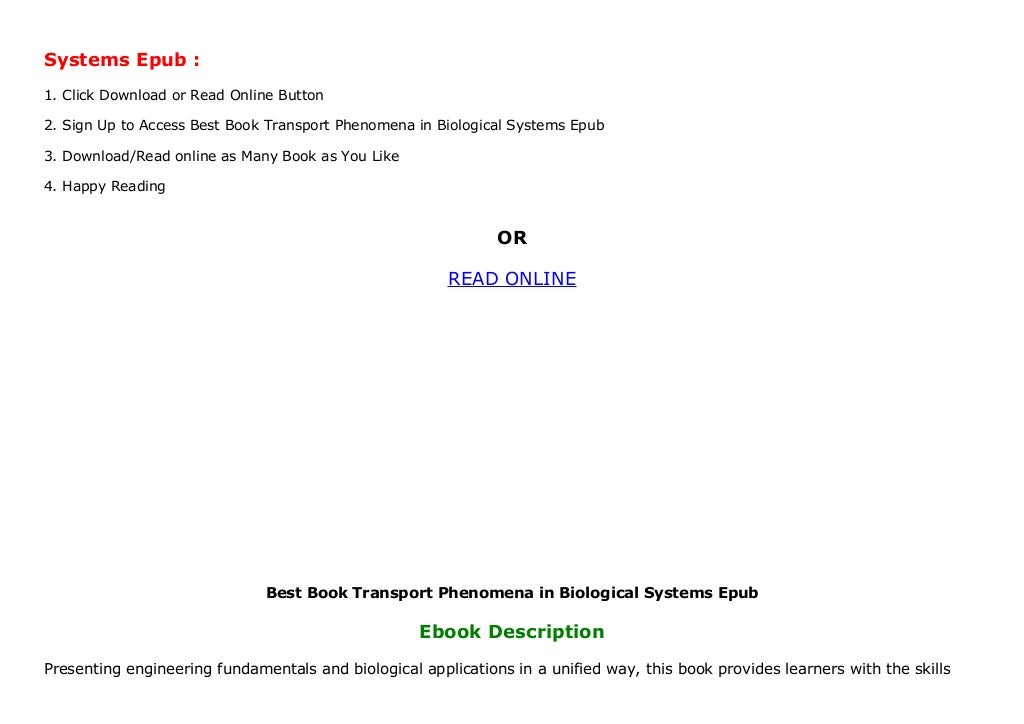
A further salient feature worth emphasizing is the parabolic (diffusive) nature of our dynamics, where the control (activity) enters as a nonlinear diffusivity by virtue of the geometric reduction intrinsic to drops and thin films.

#Transport phenomena in biological systems registration
As a result, our transport plan does not simply rely on a registration solution of a static Monge–Ampère equation ( 20). The latter is a direct consequence of the physics of fluid motion that dictates how the material responds to local actuation of active stresses, as specified by Eqs. 2), here, we constrain the dynamics to account for both local mass and momentum conservation. Unlike the conventional formulation, where the sole constraint is global mass conservation ( Eq. It is worthwhile to pause here to compare our formulation of optimal droplet transport with the classical Monge–Kantorovich formulation of optimal transport ( 19– 22). The active forcing nonetheless survives in this limit, as the active stress directly depends on the local density of the drop ( ∼ h), unlike previous models ( 23, 24) that rely on splay–bend deformations of orientational order. For simplicity, we shall assume strong ordering along the horizontal direction and neglect any rapid orientational relaxation to set n ^ ≃ x ^ to lowest order in gradients ( | ∂ x h | ≪ 1). This form of the active stress is applicable to drops of coherently swimming dense bacterial suspensions or ordered collections of motor-protein-driven cytoskeletal filaments present in synthetic drops or living cells ( 23, 24).

* The activity ζ ( x, t ) depends on space and time and originates from the density of force dipoles exerted by elongated active units, which can be of either sign, with ζ > 0 for contractile systems and ζ < 0 for extensile systems. We assume that the active stress σ a = ζ h ( n ^ n ^ − I / 2 ) ( 8, 26) is proportional to the local density ∼ h, while depending on the local orientation n ^ of anisotropic active agents.

Here, we use optimal control theory to pose the problem of transporting a slender drop of an active fluid and determine the dynamical profile of the active stresses to move it with minimal viscous dissipation. Complementing this forward problem is the inverse problem of controlling active matter. Understanding the complex patterns in space–time exhibited by active systems has been the subject of much interest in recent times.


 0 kommentar(er)
0 kommentar(er)
